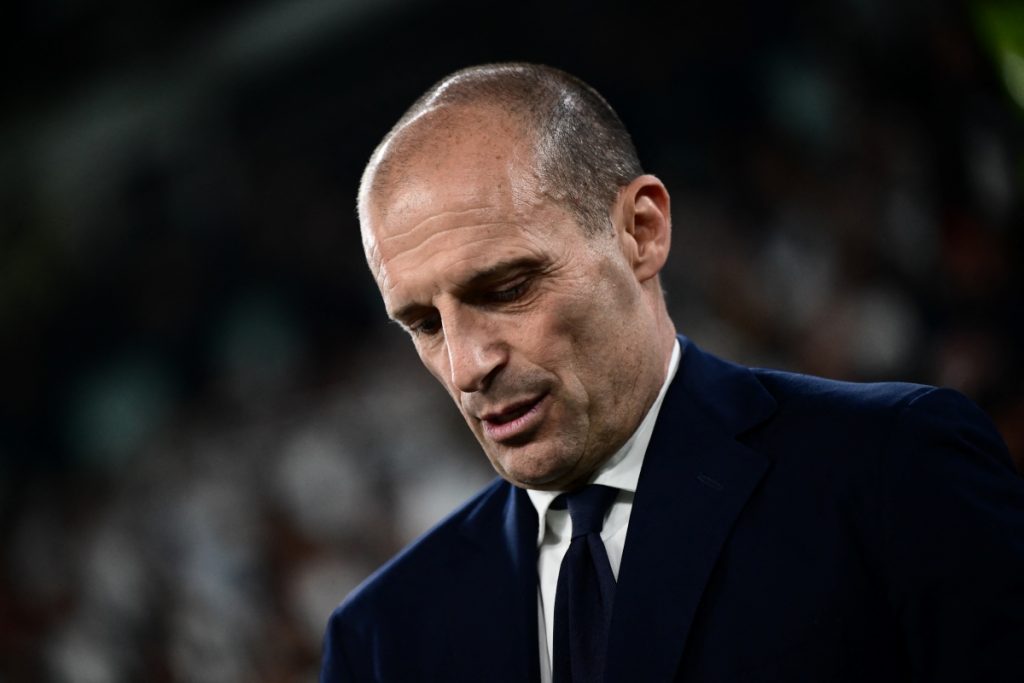The potential return of Max Allegri to Milan highlights the club’s issues, suggesting a shift away from nostalgia and towards a recognition of current shortcomings.
For several months, it has been evident that AC Milan required a new sporting director and coach. However, progress has been sluggish, with the club unsuccessfully pursuing candidates who had more appealing offers. Igli Tare ranked low on their list of preferences, while Allegri was also not initially their prime choice for the head coach role. In reality, Allegri’s preference wasn’t solely for Milan either, as he had been considered for Napoli in case Antonio Conte left.
While other teams were actively making managerial changes, Milan seemed to remain stagnant. Vincenzo Italiano chose to stay at Bologna, Maurizio Sarri’s disputes with Tare at Lazio made him an unsuitable candidate, and Gian Piero Gasperini is headed to Roma. Ultimately, Allegri may be a fitting choice for Milan, not because of his past but for what he can bring now.
Allegri’s Tactical Philosophy
Italian football is increasingly divided between ‘risultatisti’ (those prioritizing results) and ‘giochisti’ (those emphasizing style). Allegri firmly belongs to the former group, as demonstrated by his tenure at Juventus, where he seemed perturbed if players passed the ball into the attacking zone. His principle of ‘corto muso’—winning by a narrow margin—reflects a mindset where sacrifice takes precedence over flair, aligning with other pragmatic coaches like Conte.
Revitalizing Key Players
Milan urgently needs Allegri because he represents a stark contrast to the current team dynamics. His emphasis on defensive organization, combined with a straightforward offensive approach of allowing creative players to take charge, could benefit players like Rafael Leao. With Allegri’s influence, there’s a possibility for a three-man defense that would liberate Theo Hernandez from additional defensive demands.
This strategy could enable Milan to offload Tijjani Reijnders to Manchester City, as Allegri prefers a less creative midfield. While the style may not be entertaining, after several disappointing years, fans may prioritize a return to the Champions League and a competitive bid for the Scudetto over aesthetics.
Much has transformed at San Siro since Allegri’s previous tenure. The days of Silvio Berlusconi’s leadership are long gone, and the current leadership structure appears fragmented. Even with Tare’s arrival, there’s no definitive direction, as he reports to Giorgio Furlani, who answers to Gerry Cardinale, who receives input from Zlatan Ibrahimovic. Allegri, who typically prefers less oversight, could reclaim some stability and become a central figure for both the squad and supporters.
Although neither Tare nor Allegri were first choices, they might just be what Milan needs at this moment. This situation encapsulates the club’s current position, as it falls down the hierarchy of Italian football.



